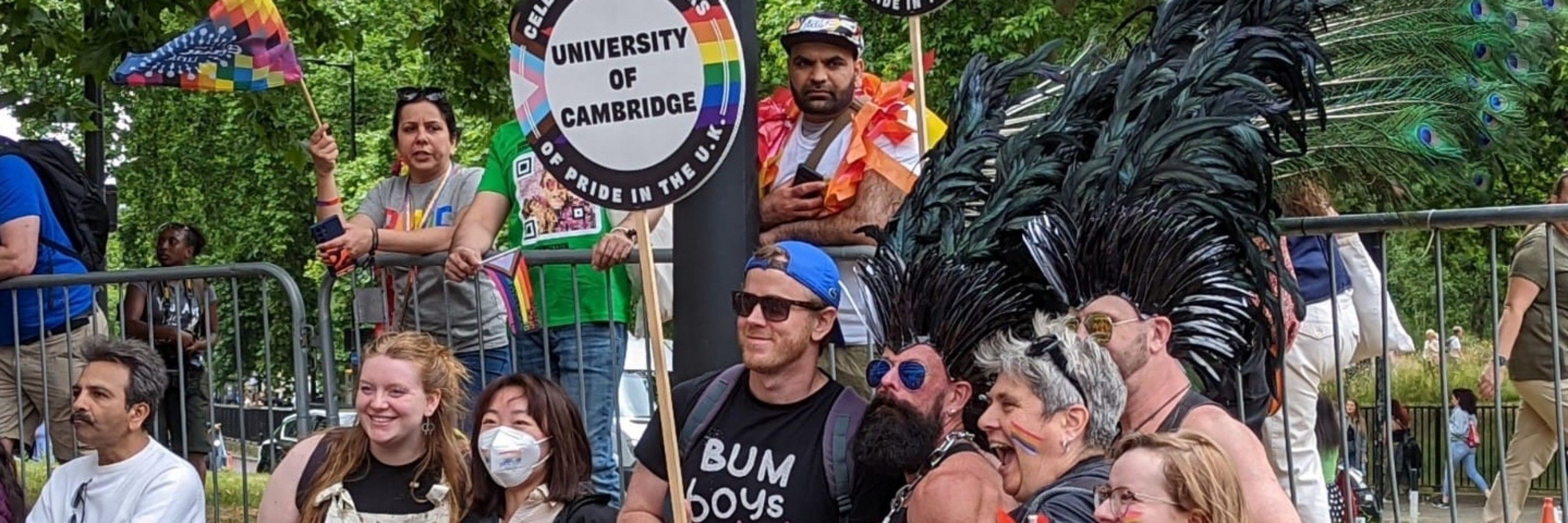
Duncan Astle
@duncanastle.bsky.social
Professor of Neuroinformatics at the University of Cambridge. Interested in child development, psychology, education and brains. He/him 🏳️🌈
Reposted by Duncan Astle
Now it's the @mrccbu.bsky.social's @duncanastle.bsky.social's turn to excite our #COGNESTIC audience. No problem when you are "Building networks to understand neurodevelopment".

September 23, 2025 at 3:52 PM
Now it's the @mrccbu.bsky.social's @duncanastle.bsky.social's turn to excite our #COGNESTIC audience. No problem when you are "Building networks to understand neurodevelopment".
Want the details? Check out the open access paper. Thanks to funders MRC, @templetonworld.bsky.social,
and supporters @camneuro.bsky.social, @mrccbu.bsky.social, and @4dlab.bsky.social
and supporters @camneuro.bsky.social, @mrccbu.bsky.social, and @4dlab.bsky.social
July 25, 2025 at 2:41 PM
Want the details? Check out the open access paper. Thanks to funders MRC, @templetonworld.bsky.social,
and supporters @camneuro.bsky.social, @mrccbu.bsky.social, and @4dlab.bsky.social
and supporters @camneuro.bsky.social, @mrccbu.bsky.social, and @4dlab.bsky.social
These genes in particular seems to be responsible for cellular and biological processes involved in synapse development and transmitter and anion-gated channel activity.
July 25, 2025 at 2:41 PM
These genes in particular seems to be responsible for cellular and biological processes involved in synapse development and transmitter and anion-gated channel activity.
Second, she used transcription data from the
@alleninstitute.org, and found that the genes in the PGS particularly overlap with the regional distribution of the ‘values’ part of the GNM – that is they define the areas the model wants to connect.
@alleninstitute.org, and found that the genes in the PGS particularly overlap with the regional distribution of the ‘values’ part of the GNM – that is they define the areas the model wants to connect.

July 25, 2025 at 2:41 PM
Second, she used transcription data from the
@alleninstitute.org, and found that the genes in the PGS particularly overlap with the regional distribution of the ‘values’ part of the GNM – that is they define the areas the model wants to connect.
@alleninstitute.org, and found that the genes in the PGS particularly overlap with the regional distribution of the ‘values’ part of the GNM – that is they define the areas the model wants to connect.
Those with *high* polygenic scores (PGS) for cognitive ability had a *softer* ‘distance penalty’ in their GNM. The end result is that networks form slightly more ‘shortest paths’. The end result? Slightly more stochastic, variable and efficient brain networks.

July 25, 2025 at 2:41 PM
Those with *high* polygenic scores (PGS) for cognitive ability had a *softer* ‘distance penalty’ in their GNM. The end result is that networks form slightly more ‘shortest paths’. The end result? Slightly more stochastic, variable and efficient brain networks.
First, she built connectomes from ~2k 10yr olds from ABCD. To each she fit a generative network model (GNM) – a simple computational model for simulating their topology.

July 25, 2025 at 2:41 PM
First, she built connectomes from ~2k 10yr olds from ABCD. To each she fit a generative network model (GNM) – a simple computational model for simulating their topology.

